Reality check: there are plenty of things AI art generators can’t do
From the fun to the philosophical, where AI art generators fall short
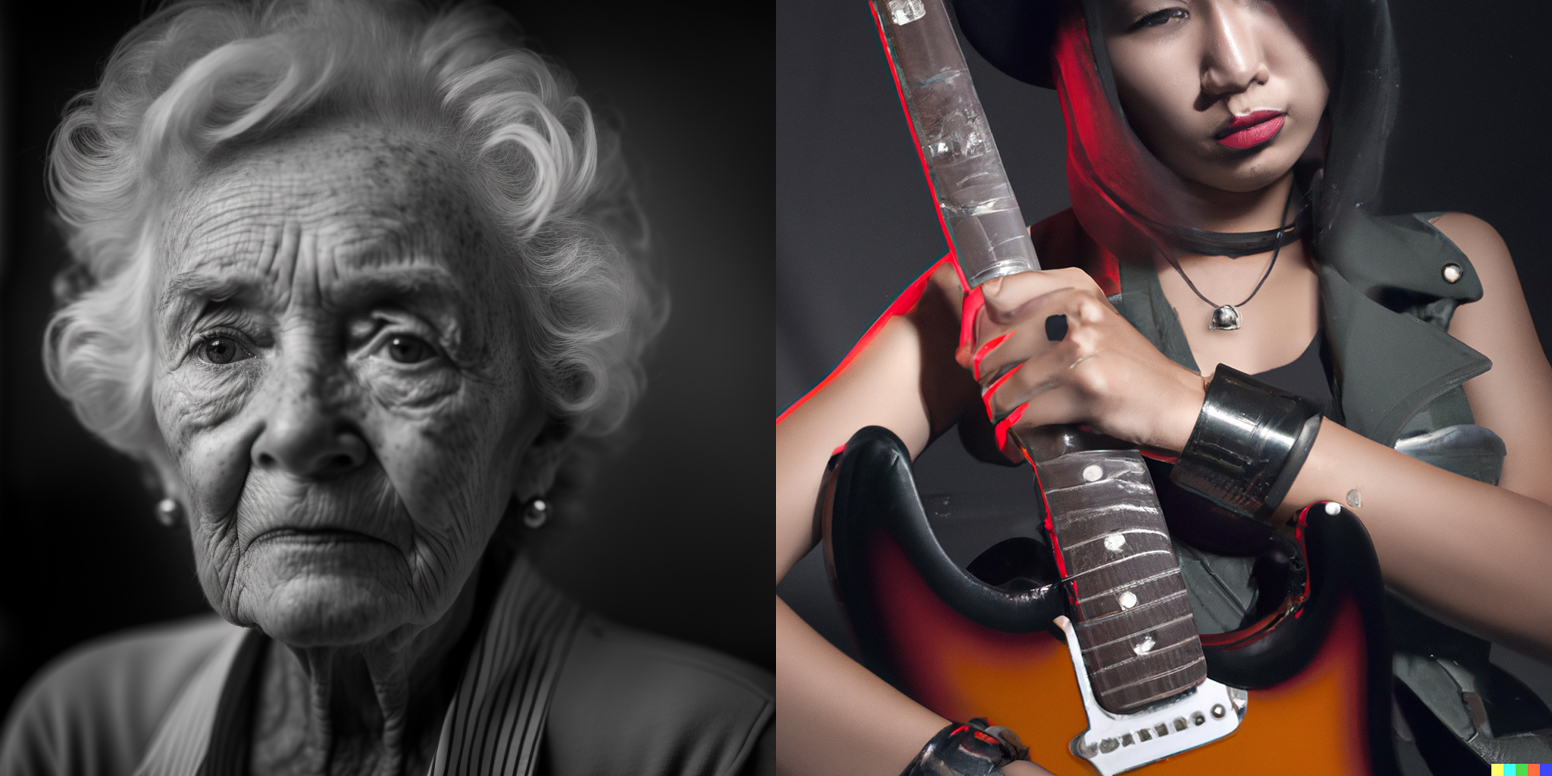
Wordsmiths and photographers are somewhat panicked about AI, and for good reason, as the internet is destined to become saturated with AI-generated content. We’re already seeing AI-authored Amazon Kindle books and photo-contest winning image entries. And given that, for a variety of reasons, many of the humans who are using AI prefer not to admit to having done so, how can we be sure what is and isn’t real?
With 20-plus years of experience out in the real world, making real photos with real cameras and real lenses, I’ve been keen to see what the fuss is about, and I’ve drawn some early conclusions after using the best AI art generators to try to make realistic images.
There’s no doubt that the most well-known art generators – including Dall-E 2 (openAI), Stable Diffusion (Stability AI) and Discord (Midjourney) – have plenty of potential, but they’re a long way off replacing human photographers in lots of areas, including the ability to convey original and meaningful stories. The following reasons are why, for the foreseeable future at least, I believe we humans can rest assured.
AI images are flawed
Avid AI art creators will argue that reality is the least interesting thing to create with an AI art generator, and it’s a fair point – they can be good, clean and simple fun. But the use of AI to create life-like images, without its use being disclosed, and worse still in manipulating viewers, is a concern.
My experience using what’s currently the most capable AI art generator for realistic output – Midjourney’s Discord web app – has been mixed. By refining my word prompts to ‘photorealistic, window light portrait, black and white, woman, 85mm F1.2 lens’, and so on, I’ve had frightening success with producing head and shoulders portraits. But Discord, and other generators, can churn out the downright ludicrous, too.
Add in more prompts, like ‘studio portrait, guitarist’ and you’ll be greeted by a disfigured, contorted representation of a musician holding a guitar. Who knows how many fingers the subject will have; or if they’ll have a thumb; or if the guitar is being held the right way; or if the image even looks like a photo anymore.
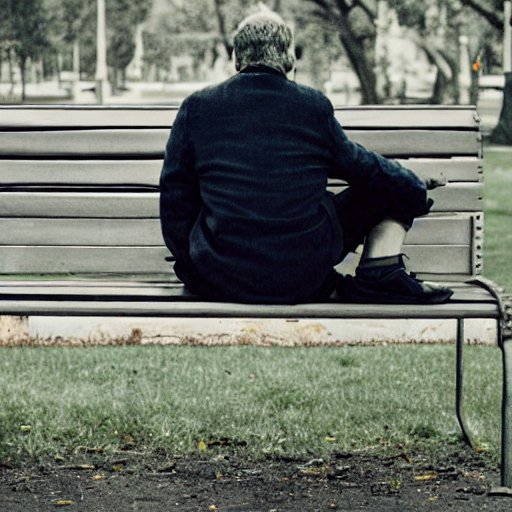
That example is just the tip of the AI iceberg. How about ‘Man walking on a beach with dog’… wait, he’s walking on water, and why are there so many dogs? AI can’t, it seems, do happiness, either. Think about all those hyper-realistic AI portrait images that have fooled people – how many are smiling? None.
Sign up for breaking news, reviews, opinion, top tech deals, and more.
Happiness is like ‘The one with the engagement picture’ episode of Friends where Chandler can’t smile – teeth are jagged blocks of white, and even closed-mouth smiles in AI generated subjects look forced. It’s as if AI can’t or won't generate happiness.
In the overwhelming majority of cases, AI simply cannot render reality.
The creative process - there’s no real struggle with AI
Visual artists undertake a creative process, the mastery of which can take a lifetime; learning how to use the tools of their trade (and I don’t believe AI art generators count among those tools), develop a visual style, figure out how to tell a story, and – to coin a phrase by photographer, famed Youtuber and author Sean Tucker – find meaning in the making.
AI art generators follow word prompts to produce results in seconds, scraping from what already exists. Generators don’t explore the world, meet people, or make real connections – and it’s those connections with the world around us that are key to inspiring creativity.
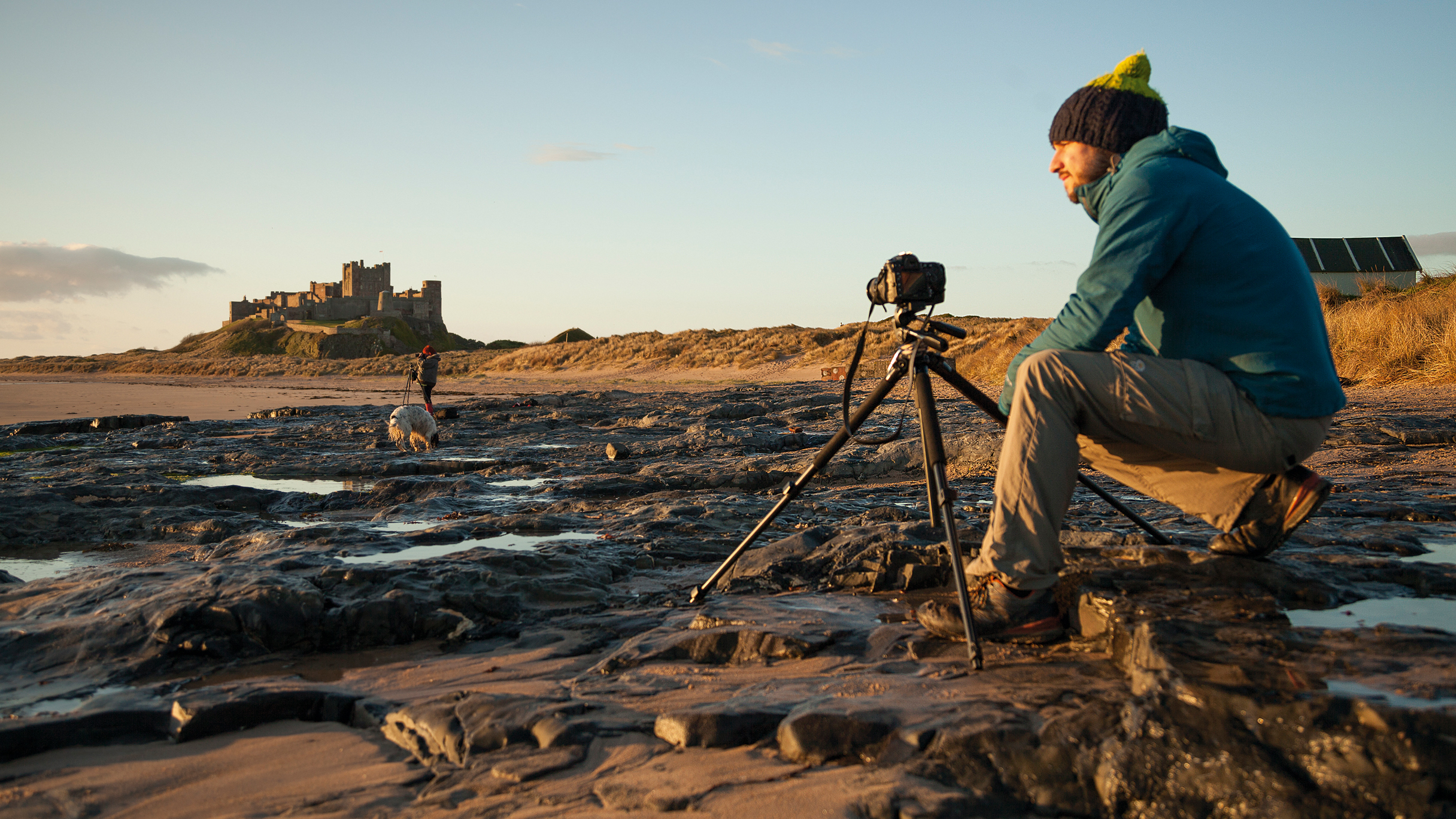
You could argue that in some respects AI generators are beneficial – creative visions can be realized on-screen from wherever you are, with no travel cost, and no carbon footprint. But we humans need to experience, and to create, for our own wellbeing.
We need the struggle to make something truly beautiful, and truly meaningful. AI art generators cannot give us what we really need as human beings, unless I suppose you really dig the ‘art’ of thinking up word prompts, which is an altogether different kind of creative process ; and if your prompts get lost in translation, you’ll soon be punching your keyboard in frustration as the generator churns out its weird interpretation of your ‘vision’.
Detail constraints
Whether it’s camera megapixels or a canvas, the sizes of the works that photographers and artists can produce completely dwarf the miniscule resolution of AI art generators. By default, most of the best AI generators produce square images at 1024 x 1024 pixels – effectively a one million pixel image. Even on our phones we can shoot digital photos at 10x to 200x that resolution, while canvases can fill an entire wall.
With a little know-how, you can double that output and alter aspect ratio with Stable Diffusion (another AI art generator), while the beta image editor utilized by Dall-E 2 can use a feature called Outpainting to expand an original image to a higher resolution by adding extra peripheral detail, but every time you add to an image you have less control over what the generator churns out.
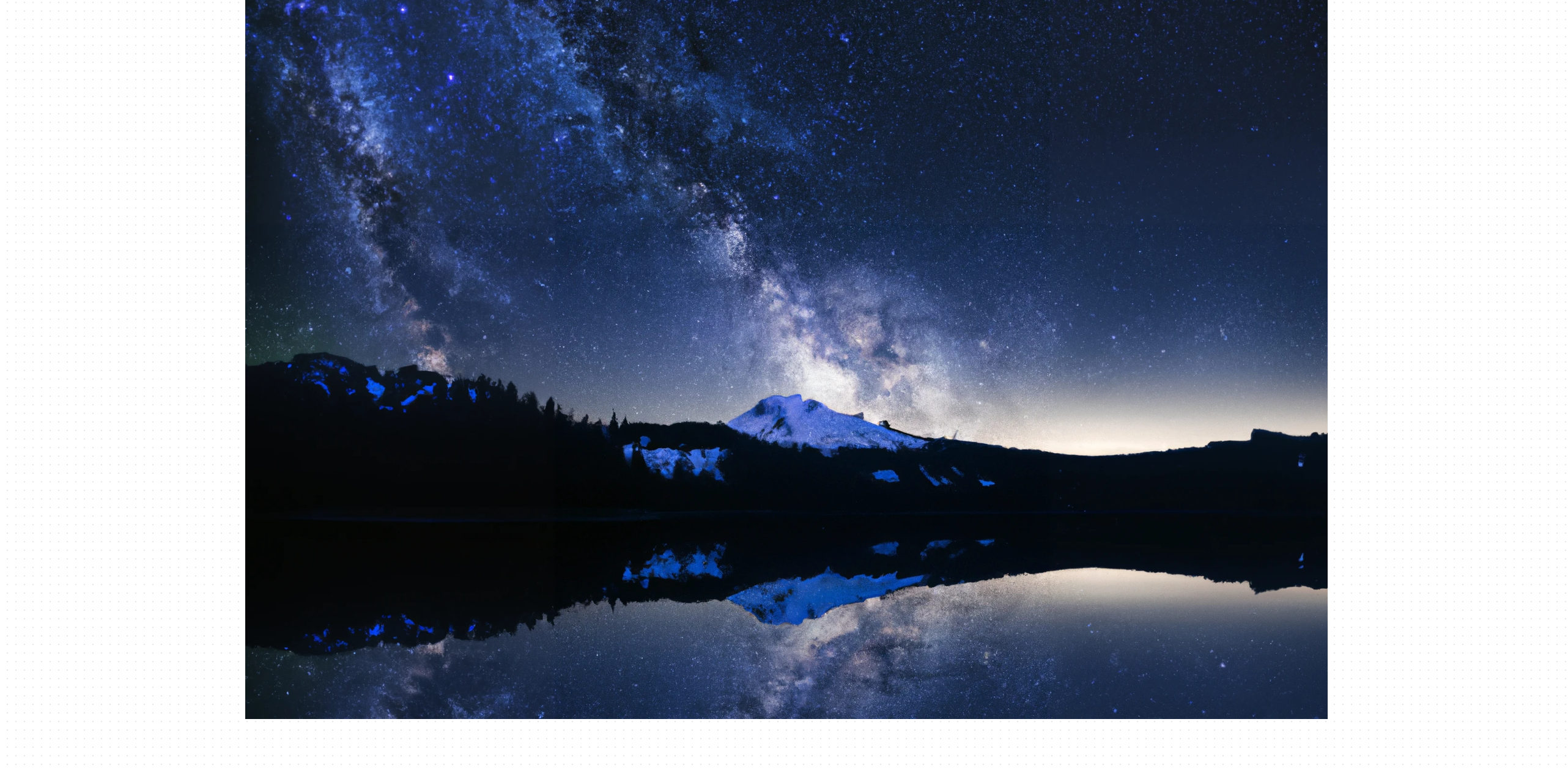
These limited output sizes might be improved upon in the years to come; and they’ll need to be if AI generators are going to be taken seriously as an alternative to stock libraries like Getty, which offer much higher-quality output. For now, though, we’re in the early days with AI art generators, and you wouldn’t want to view their images on a display much bigger than a smartphone’s.
Be specific and up to date
In addition to difficulty rendering many subjects and genres, AI art generators won’t cut it for very specific requirements. They do general concepts well enough, but you won’t be able to generate images of a friend's wedding, or convincing real landmarks and places, of images that feature branded clothing, or go too long-winded with your word prompts.
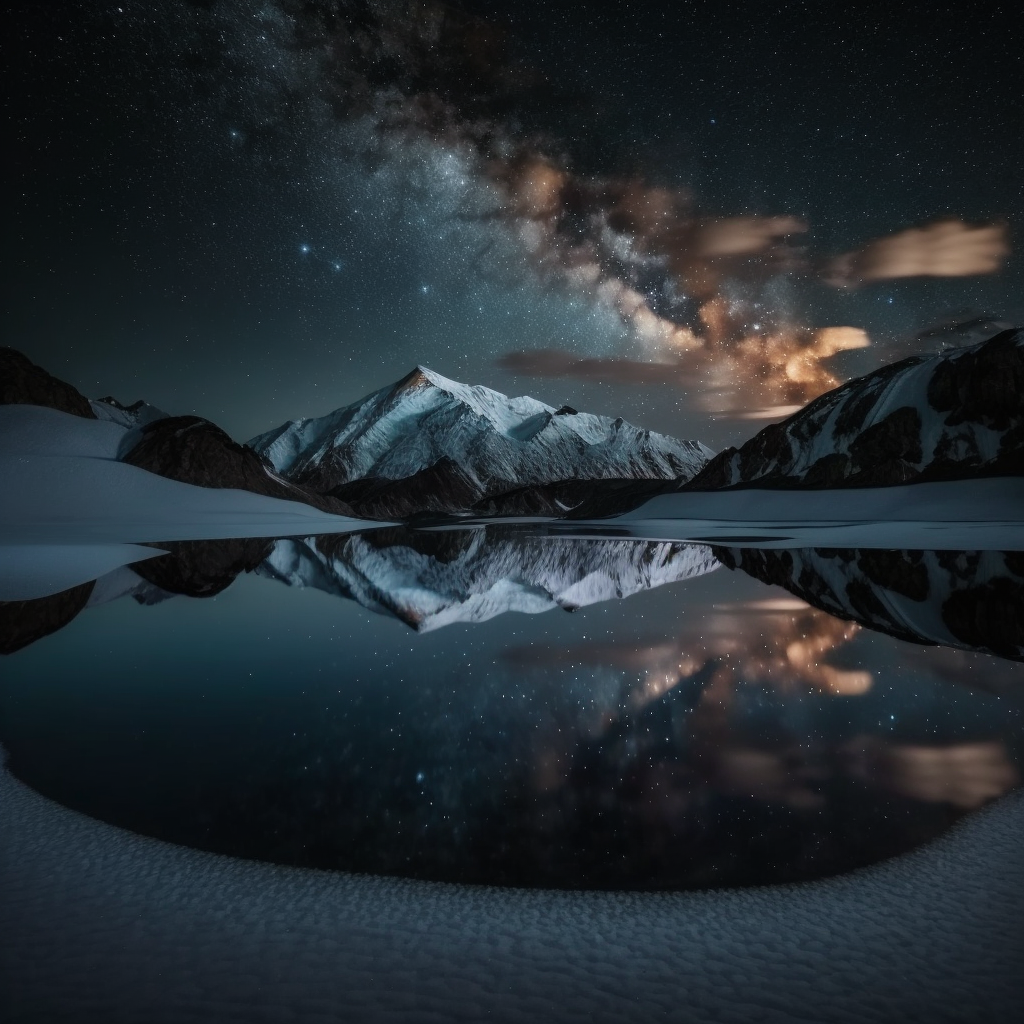
Ultimately, AI art generators can only create output by scraping and regurgitating the millions of images that already exist on the internet. So while we can take A, and add B to make an ‘original’ C, there technically is no originality. World events yet to happen. Artistic visions yet to be realized. Stories yet to be told. AI art generators simply can’t do it.
So while those who are increasingly adopting this technology can benefit from a rapid, low-cost turnaround, there are myriad aspects of the visual arts, and indeed of our humanity, that AI will never be able to touch. There’s life in us photographers, and in artists, and in every one of us, yet.

Tim is the Cameras editor at TechRadar. He has enjoyed more than 15 years in the photo video industry with most of those in the world of tech journalism. During his time as Deputy Technical Editor with Amateur Photographer, as a freelancer and consequently editor at Tech Radar, Tim has developed a deeply technical knowledge and practical experience with cameras, educating others through news, reviews and features. He’s also worked in video production for Studio 44 with clients including Canon, and volunteers his spare time to consult a non-profit, diverse stories team based in Nairobi. Tim is curious, a keen creative, avid footballer and runner, and moderate flat white drinker who has lived in Kenya and believes we have much to enjoy and learn from each other.